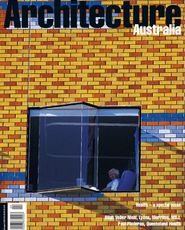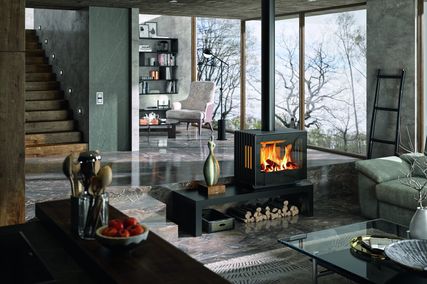Health buildings are rarely glamorous. Architects working in the health sector must constantly negotiate between tight budgets, highly specific functional briefs, political expectations, complex client bodies, societal attitudes to illness, and the architect’s own commitment to the value that “architecture” might bring to the project. Working effectively in this world requires a great deal of skill. Nonetheless hospitals also offer great opportunity, particularly for those who wish to work in the public realm.
As a type, the hospital has a rich history. Embedded in cultural conceptions of sickness, health, disease, death and well-being, hospitals articulate an era’s health practices in concrete form. The alignment between modernity and the hospital is perhaps the most well-known conjunction of medical and architectural ideals. Now, at the beginning of the twenty-first century, healthcare and architecture are again inflecting each other in interesting ways. New technologies are rapidly changing health practices, and the cultural expectations of hospitals are also on the move. Paradigms – both architectural and medical – are shifting again. Domestic models, which characterised recent attempts to mitigate the impersonal qualities of large institutions, are now seen as partly flawed. These models elide the specificity of “home” and forget that it is not always a safe place. In the attempt to domesticate the institution they also abandoned the public face of the hospital. Emerging paradigms re-examine the hospital as a building of civic and social significance, while continuing to explore ideas of comfort and accommodation.
Themes such as health offer an architectural publication particular opportunities and constraints.
The compelling thing about a theme issue is the opportunity it offers to address broader issues and phenomena. It allows complementary buildings to be presented together, and in conjunction with more abstract discussions. This, we hope, will generate further questions and relationships, ideas and possibilities, for our readers. One of the more difficult things about devoting an entire issue to a particular topic is the selection of featured projects: there is always more pertinent and interesting work than there are pages on which to publish it. Here, our approach has been to select a small number of diverse projects – urban, suburban, rural and specialised – which play against each other and which might also stand for other projects that engage similar issues. We also present an overview of Queensland Health’s ten-year capital works program and selected buildings from it. Alongside these project reviews we publish essays by Sarita Chand and Corbett Lyon. Articulating wider issues and concerns, these pieces offer a broader context and a plea for architects to engage thoughtfully and actively in the difficult world of healthcare. A historical context is provided by Julie Willis in her outline of the work of Arthur Stephenson, while Paul Pholeros’s description of the Housing for Health programs remind us of the dangerous link between sub-standard living environments and serious health problems. It also reminds us that the hospital is not the only building type relevant to health work.
As Elizabeth Farrelly notes, most of us will never design a hospital. But, many issues that are inescapable in health work are also at stake in other fields of architectural endeavour. There is much to learn from those who manage to operate successfully in this very specialised, highly constrained world.















